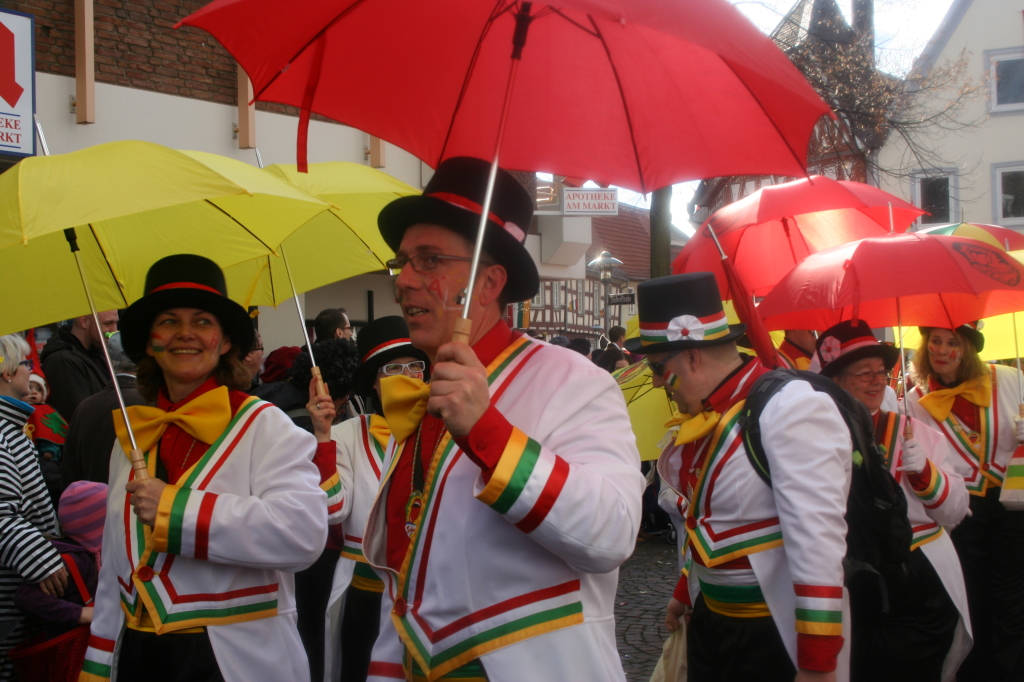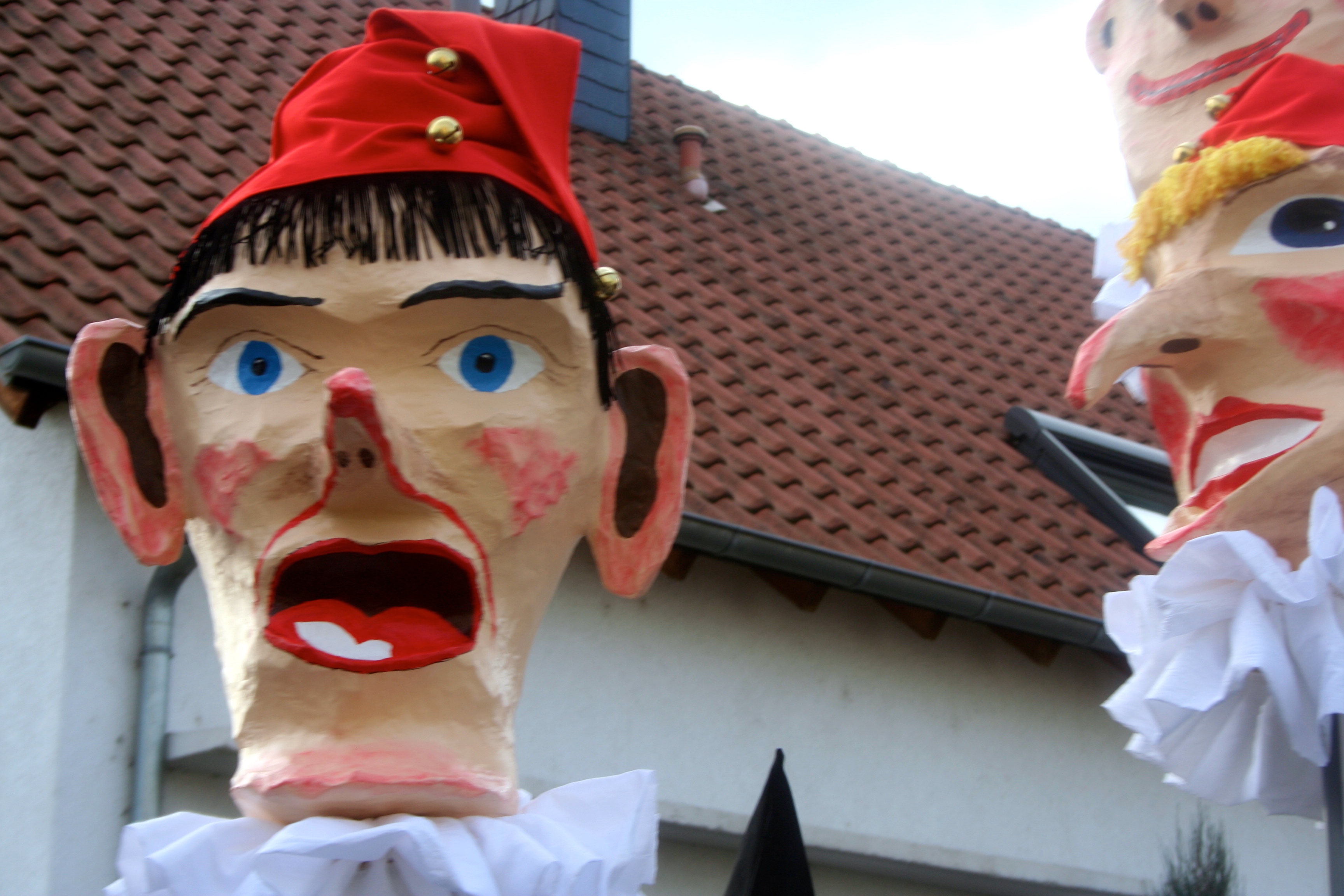One question that often comes up amongst Americans is,
WHAT IS FASCHING?

The technical answer: Fasching is Fasching. Fasching is a church holiday for Catholics, Lutherans, etc.
Faschingsdienstag, Fasching Tuesday, comes the day before Ash Wednesday–which, for those of you wondering, is the beginning of Lent. Some people refer to it as Shrove Tuesday. Personally, I think Lent was created in order to detox from Karneval, but I digress. Karneval is total craziness, to different degrees depending upon location. The same goes for counterparts Mardi Gras (French) and Carnival (Spanish). I’ve been to Tenerife during Carnival. It’s no joke.
Alternate answer: Fasching Tuesday = Mardi Gras without topless girls in the streets.
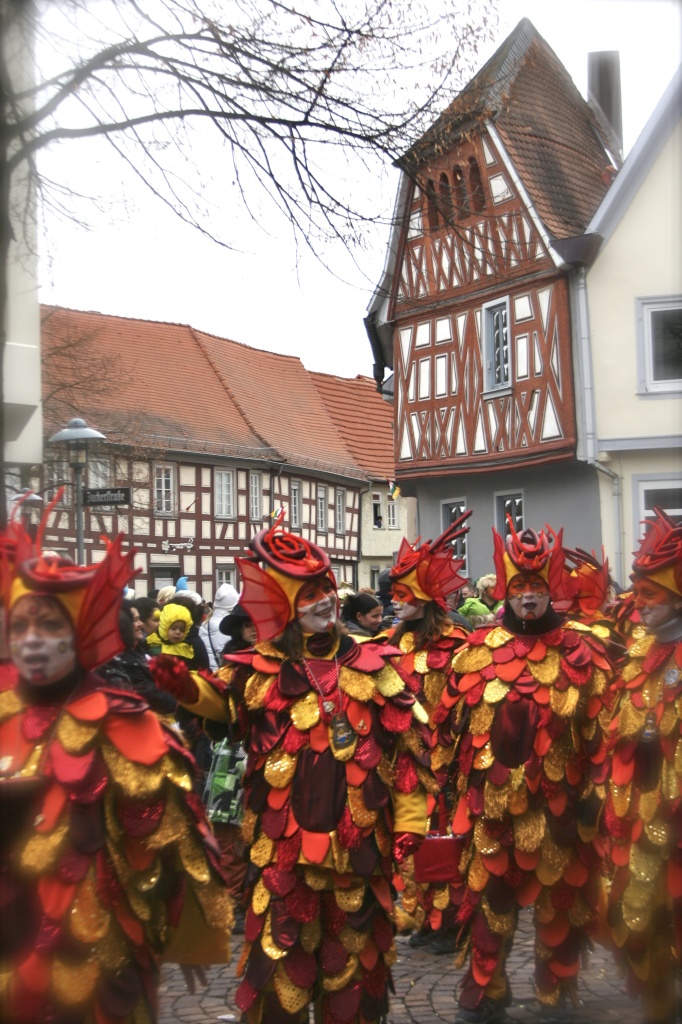
HOW IS FASCHING CELEBRATED?
Partying
People begin their hard-core partying on the Thursday leading up to Faschingsdienstag. The small towns that celebrate Fasching turn into total party zones. During our first Karneval season, I could not believe what happens in our town.
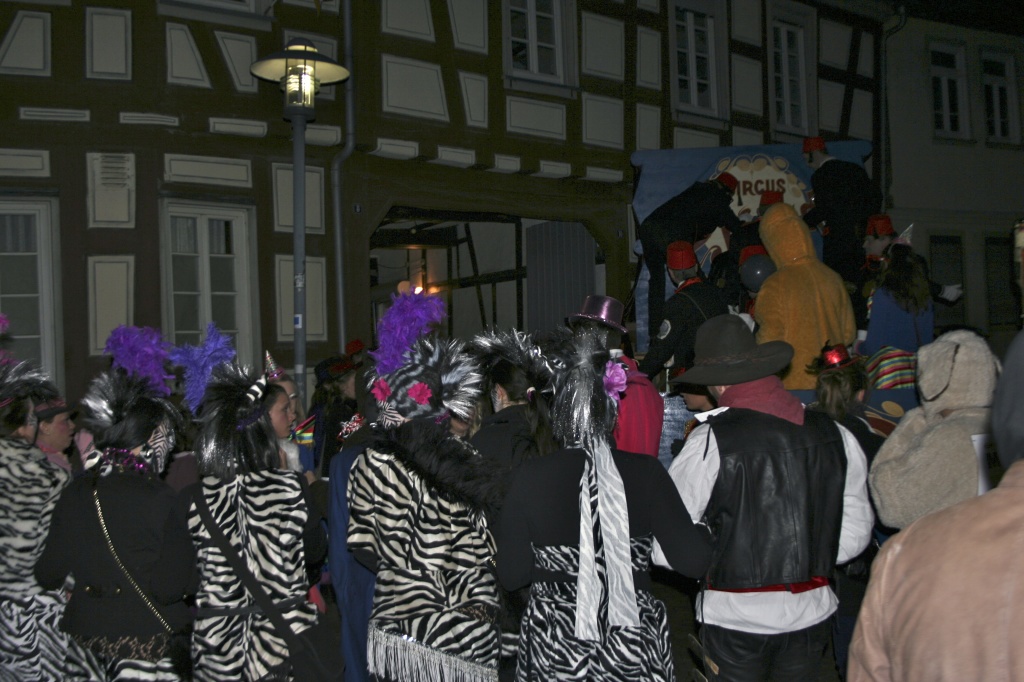
The big party night is often Rosenmontag (Monday), which I find entertaining since these people need to get up in the morning, don costumes, and shlep through town weighed down by said costumes. That’s impressive. I’m too old to party late, let alone get up the next morning and march in a parade. Partying lasts all through the night during these days. Bars turn into night clubs, tiny doors leading into cellars open up to the party, and there is singing and shouting in the streets until the wee hours of the morning.
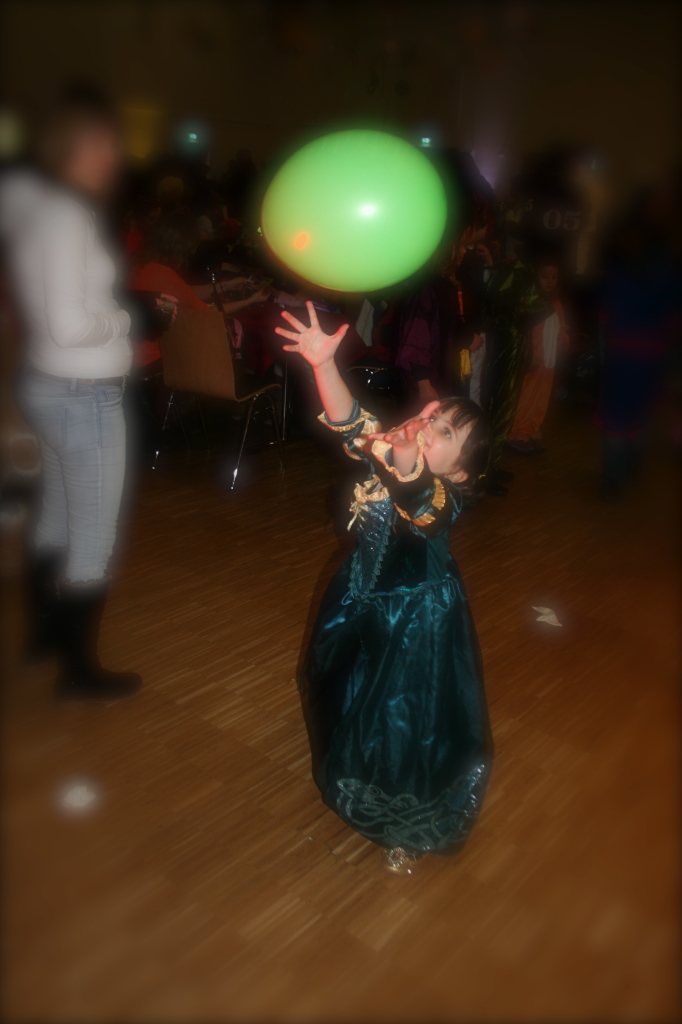
Did I mention that Karneval towns close schools for a couple days? The Friday preceding Faschingsdienstag, there is a party at my daughter’s elementary school; the year before last, her Kindergarten held a party on Rosenmontag. Following the childrens parade, parties are held all over town. Clubs like the rec center hold a party, private Karneval groups hold parties, or kids can attend a public one.
Dressing up
People in town start wearing costumes early in the week, just walking around in wigs, funny hats, etc. My favorite during our first Karneval season was a woman who walked around in a wig made of rigatoni. What? It’s a weekday morning and a guy is walking around in a pink bunny suit? A guy is riding his bike down the street in a Sheikh costume? Yeah, that’s Fasching.
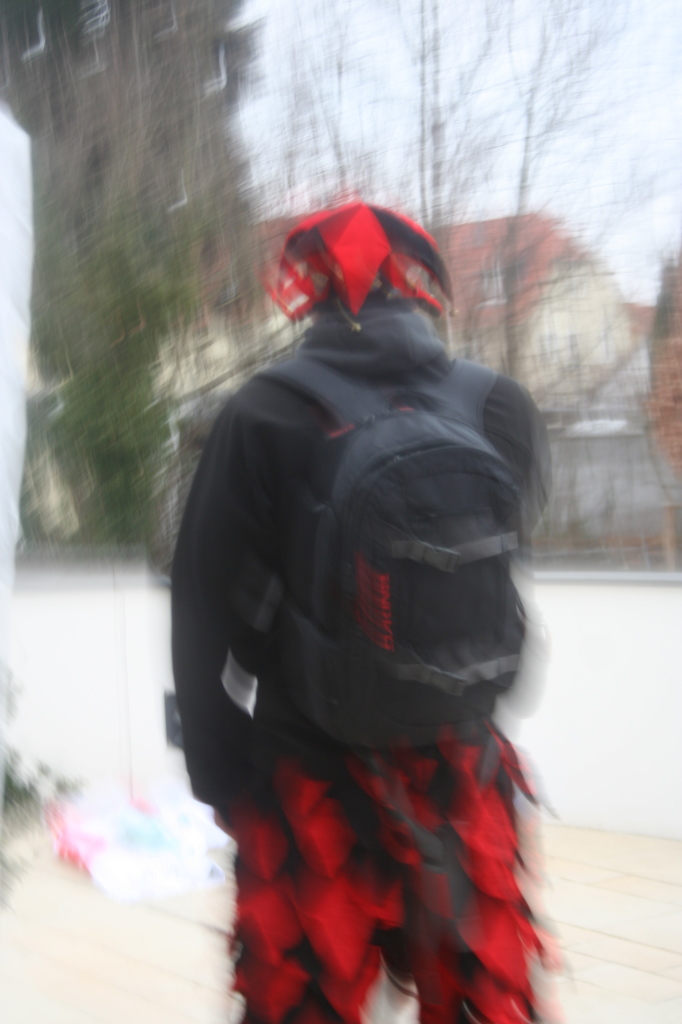
Once Thursday hits, it’s full-on costumes all over the place.
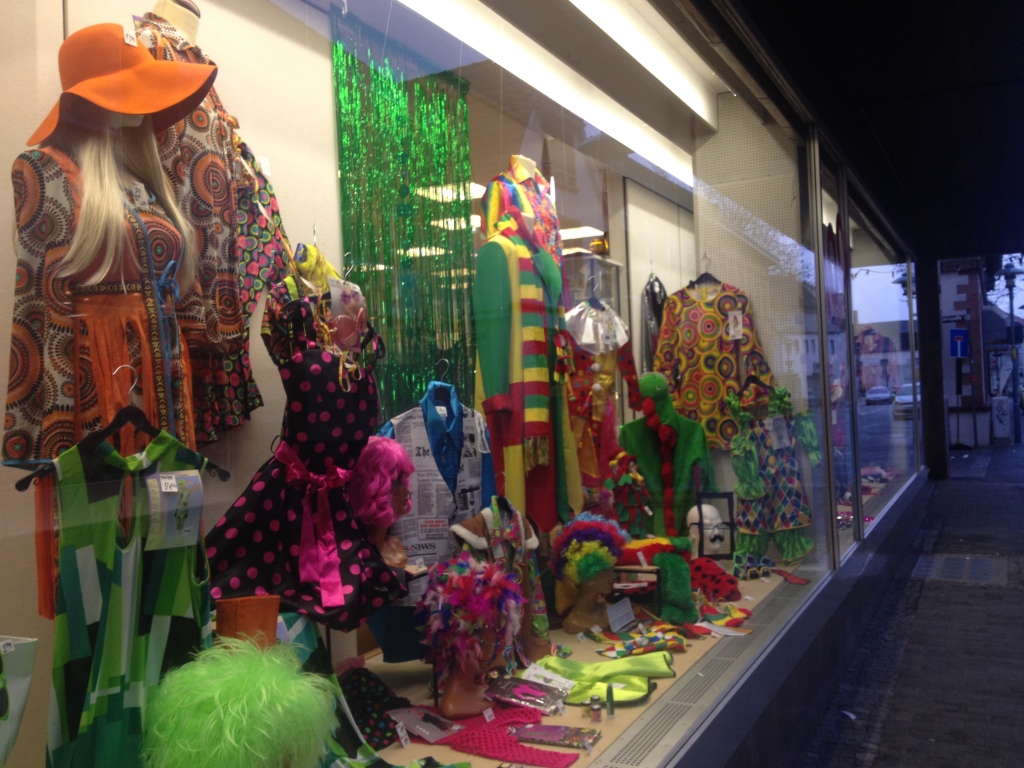
Parade
Our parade is held on Tuesday. What I’ve heard about the day of parades: north of us (e.g. Mainz, Köln, etc.) they tend to celebrate with the big parade coming on Rosenmontag (“Rose Monday”–the Monday leading into Faschingsdienstag); whereas, here in the Dieburg region and South of us, down into Austria and Switzerland, the parade comes on Tuesday.
I’m fortunate to live in a town with their own Karneval club. Local groups enter the parade, over 100 groups heading down my street and then around town. Front row seats, baby.
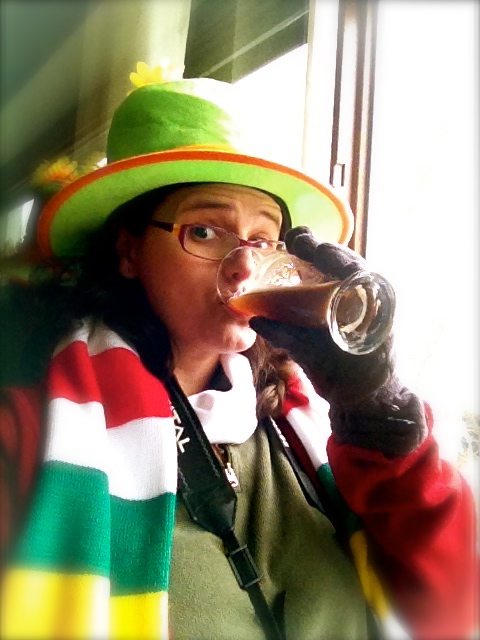
These parades can be elaborate. My town is small, but they put on a good show, some groups with floats. Children participate, too, integrating into the theme of the group. Larger cities mean larger parades–Mainz and Köln are said to be super Karneval-crazy. You’ll find all kinds of groups: funny ones, artsy ones, 80’s ones, political ones…
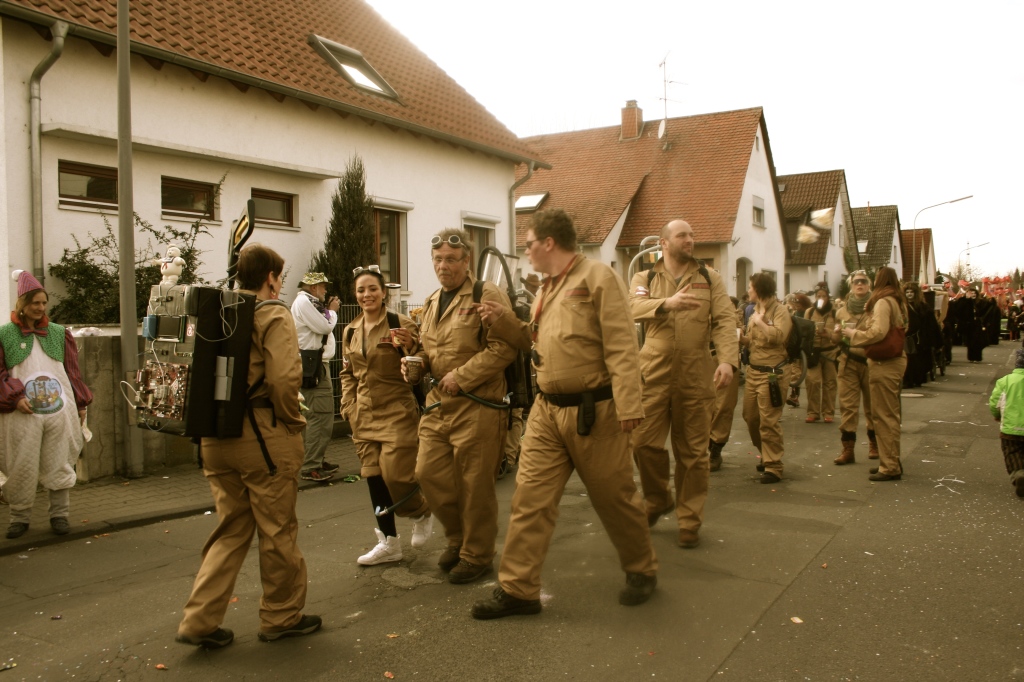
Political groups might mock America. Politics are politics. One city had a great one with Obama with a giant ear after American intel was caught spying on Chancellor Merkel.

Germans aren’t so politically correct as Americans, so you’ll find a lot of groups depicting American Indians, African tribes, and Asian cultures, as well as using blackface.
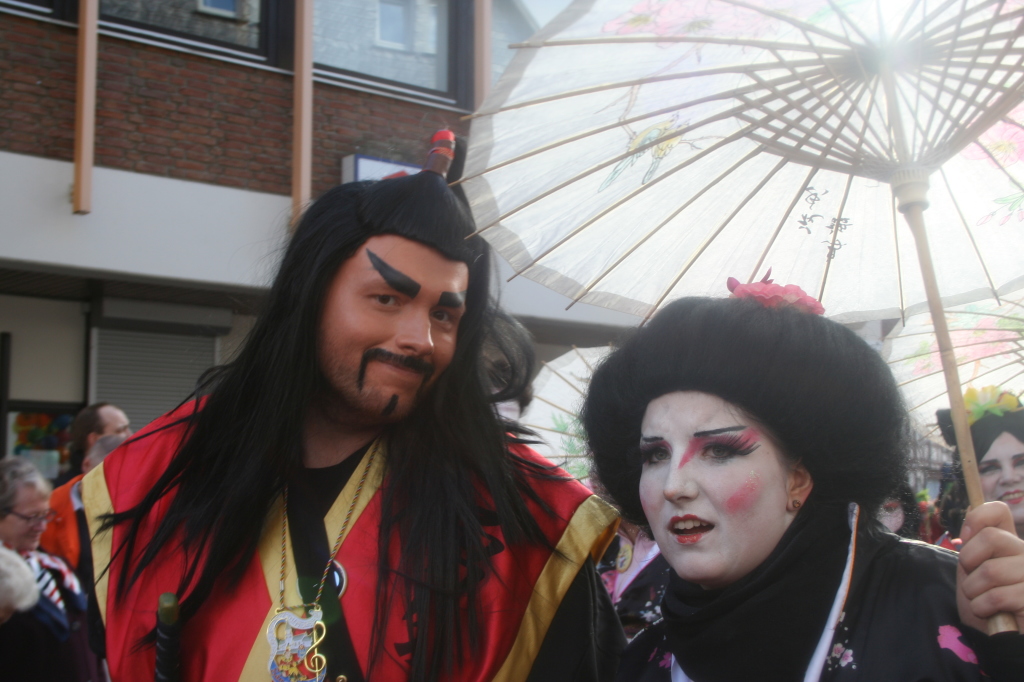
In general, Karneval groups are pretty impressive. They fund themselves and make their own costumes, sometimes quite elaborate or involving a whole lotta sewing.
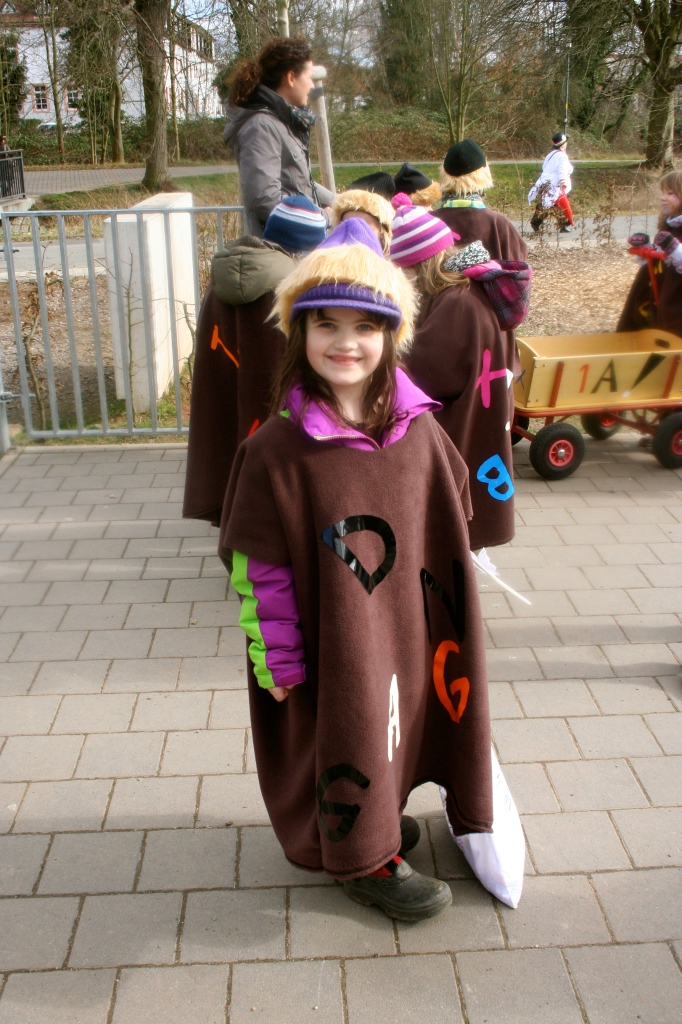
Towns often hold children’s parades, separate from the large parade. Last year my daughter marched in her elementary school’s group. Spectators take bags to fill with the candy and treats that groups toss out into the crowd.
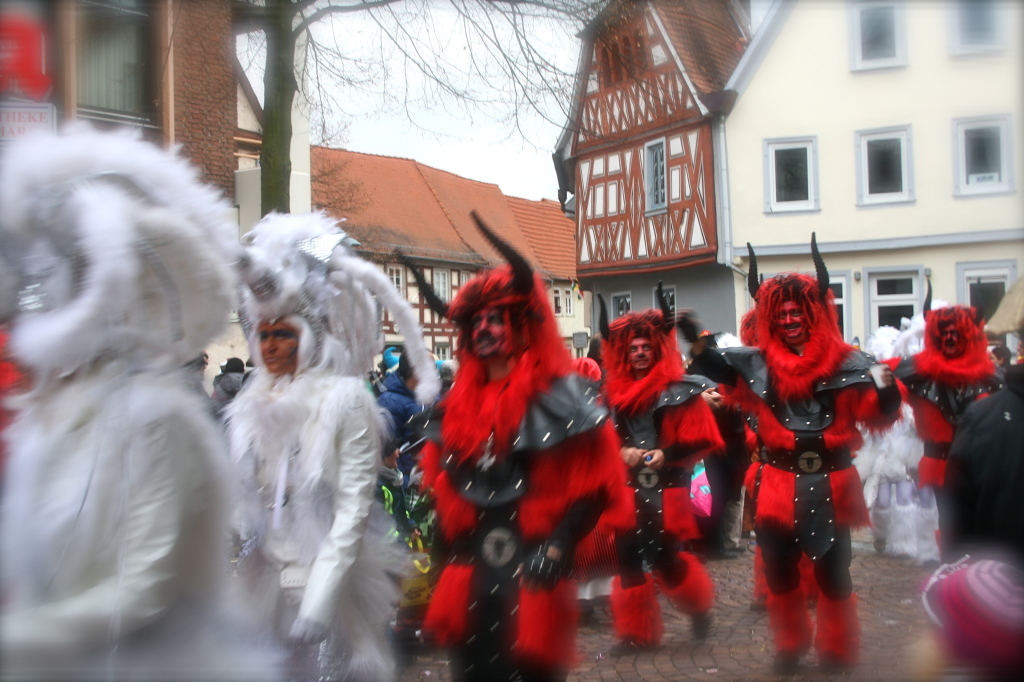
The Prinzenpaar, or royal couple (prince and princess), host the event. They stage themselves at the official starting point, and groups present themselves as they march past. There is also a children’s Prinzenpaar; they visit schools during the parties.

Some groups hand out airplane-sized bottles of liquor—especially during the large parade, where you might find candy, liquor, or promotional items being distributed. You know what’s awesome? People handing out liquor and candy. I can get behind that.
Donuts
Any holiday where donuts are explicitly expected, is a holiday for me. On Tuesday, you wake up and eat yourself some jelly donuts or other bakery treats specific to your region. Bakeries will be filled with them all week. I come from Pennsylvania, where there is quite a bit of German settlement. We ate donuts for Fasching in PA; they were some awesome, lard-cooked pastries that melted in your mouth. To be honest, I’m bored by jelly donuts here, but that’s because I’m a fan of lard.
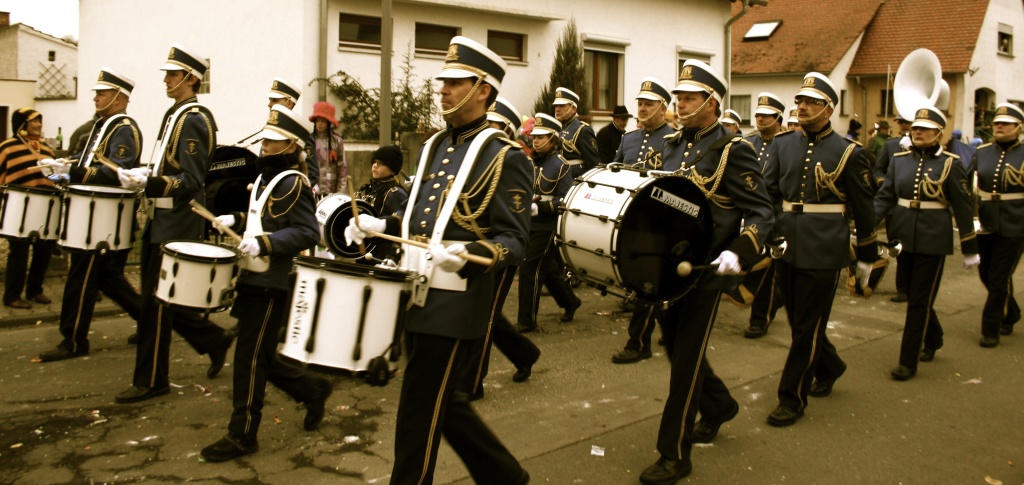
So.
What is Fasching? An incredibly fun time—especially in the dark cold of German winter.
More Karneval reading
https://karilogue.com/category/germany-2/festivals/karneval-festivals-germany-2/
Expect instagram, twitter, and facebook posts during Fasching…follow karilogue on social media to join in on the fun!
Schedule of events: Dieburg
Schedule of events: Mainz
